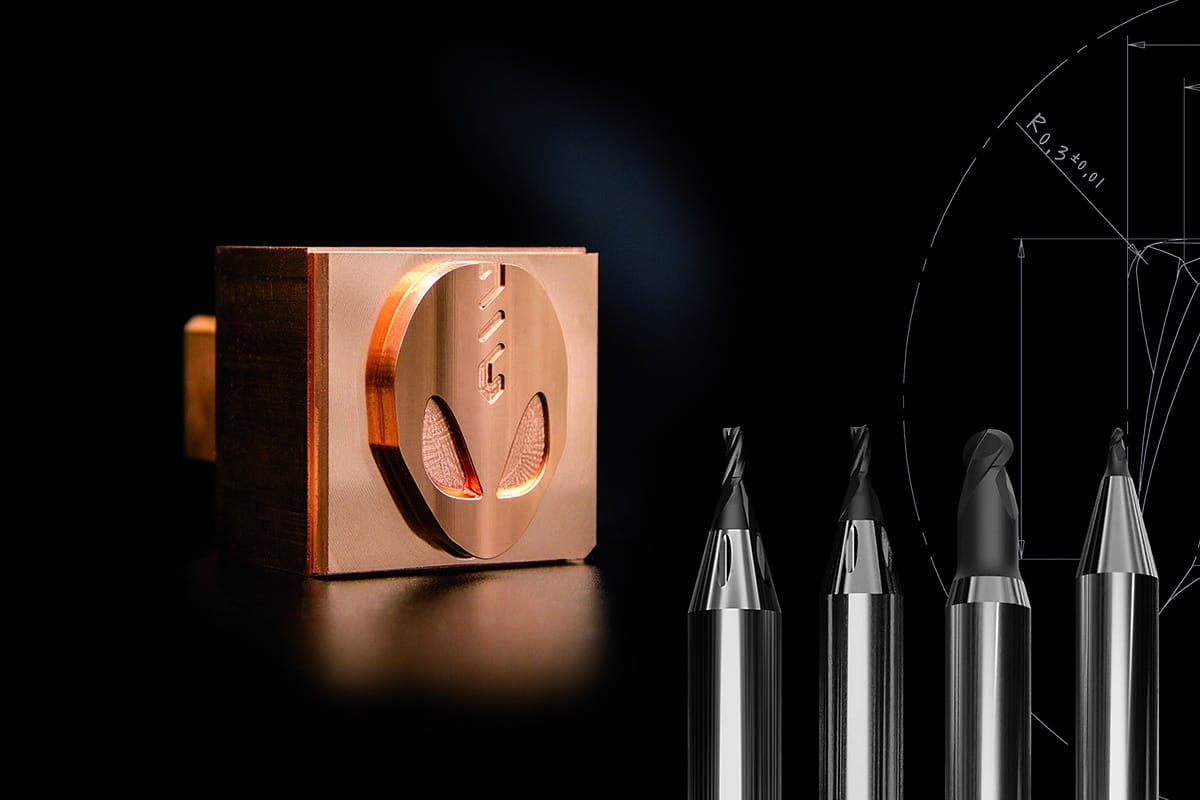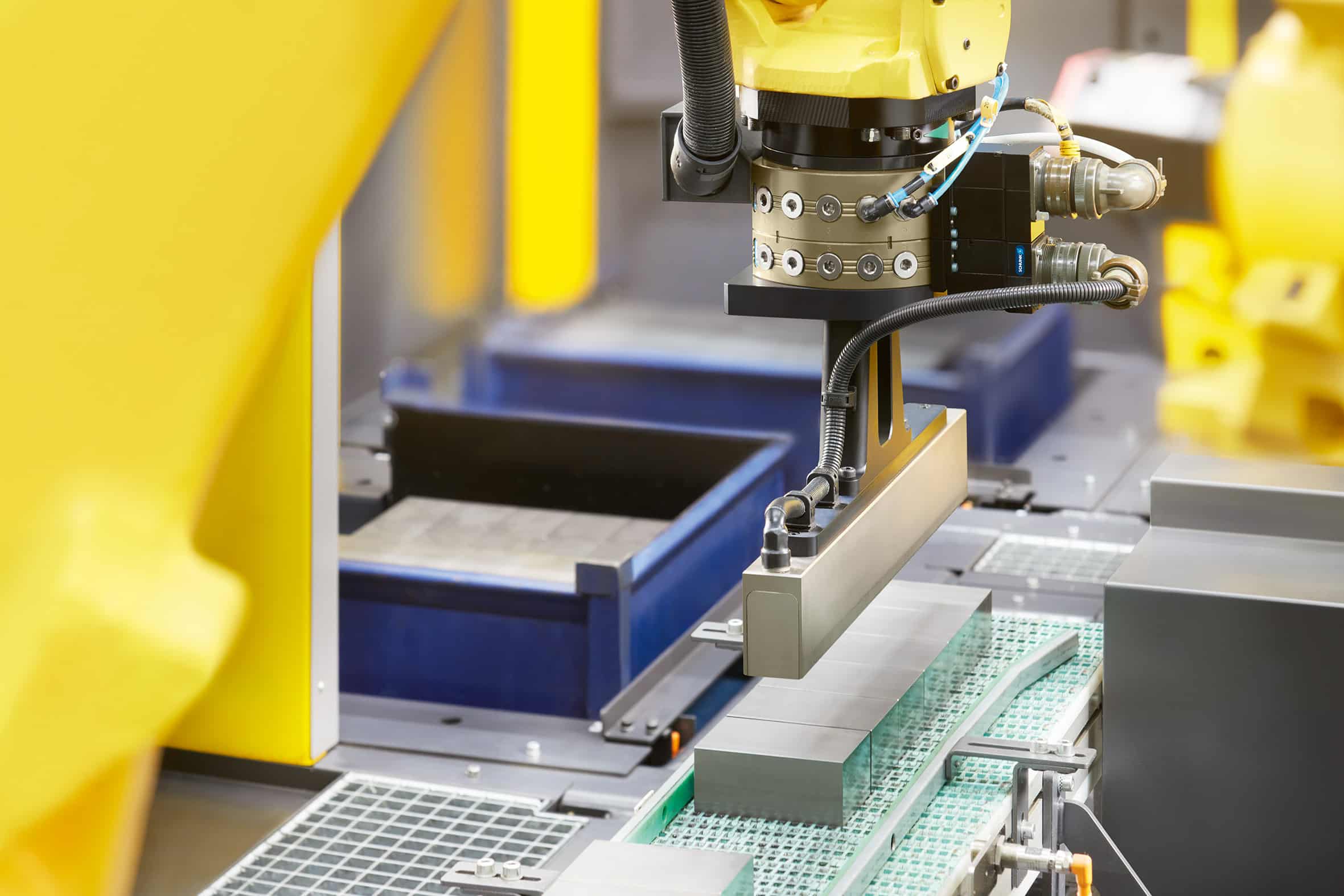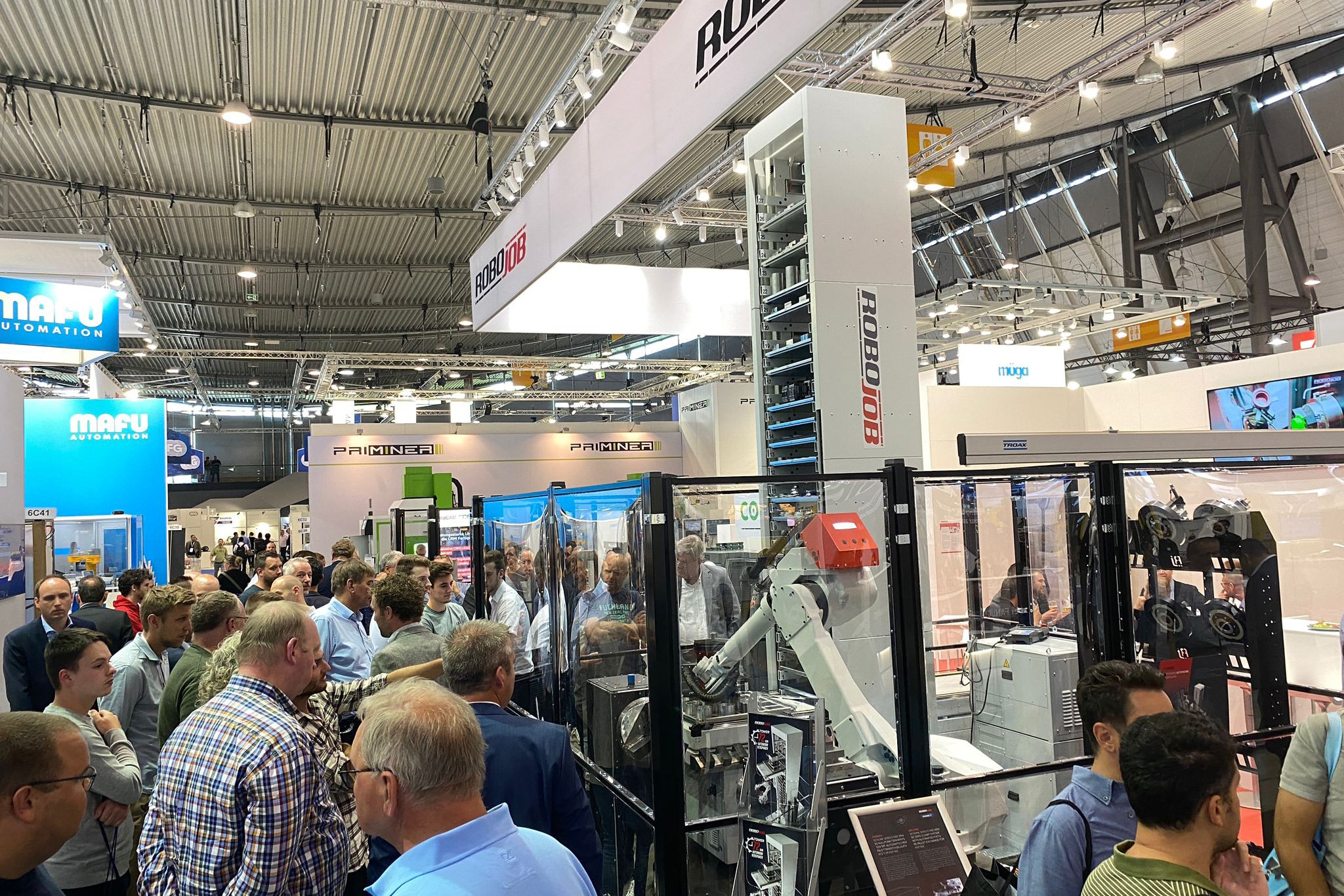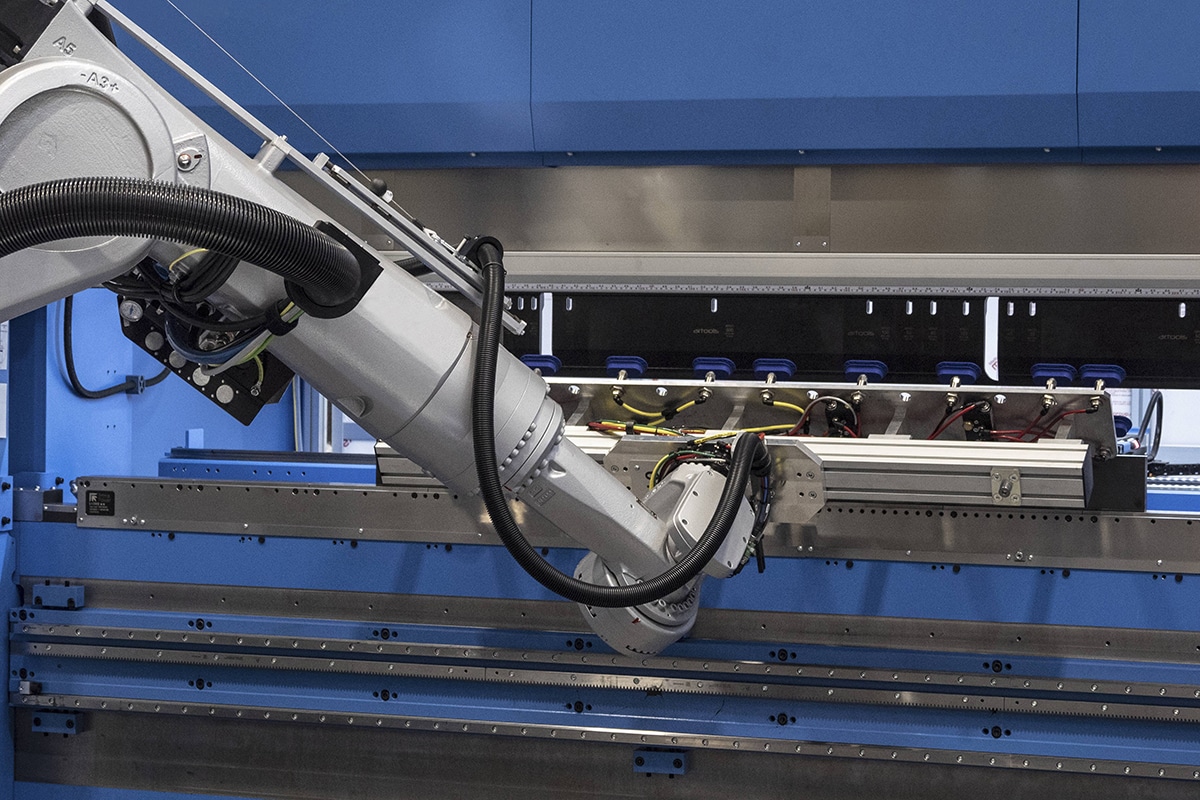
Extraction at source reduces risk of exposure to welding fumes
The fumes released during welding pose health risks to your welders. Extraction is therefore the message to keep emissions below critical levels. But how do you achieve a safe and cost-effective welding process? Whenever possible, extraction at the source casts itself as the most efficient method. After all, it minimizes the risk of exposure. There are several ways to achieve this, depending on the product and process.
During welding operations, particles and gases are released from the weld pool, filler materials and substances on the workpiece. Together, they form welding fumes that can contain harmful metal oxides. Inhalation can cause short-term irritation (eyes, hoarseness, sore throat) or metal fume fever (toxic inhalation fever). Long-term risks include abnormal lung function (bronchial asthma, COPD, dust lung ...) cancer and nervous system damage. We inhale about 20 l/min during normal working conditions. On an annual basis, that ticks up to 2,300 m³ of air for a welder. For Belgium and France, the limit value is 5 mg/m³ (maximum permitted concentration of (hazardous) substances). The Netherlands sets the limit at 1 mg/m³. One can take a number of measures to minimize the pollution released. Consider, for example, removing paint, oil or grease layers before welding. But when the welding fumes released are still not within tolerances, one will have to move to extraction. And the closer one can extract closer to the source the less your welder will be exposed to hazardous fumes.
Source extraction by extraction arms
The most popular method is to attach an extraction arm to a fixed welding station. The arms are fixed mounted (on the wall or on rails) but flexible so they can also add value for companies that process workpieces of various sizes and shapes. By paying sufficient attention to proper positioning, the smoke plume for 100% can be sucked up. Therefore, this is crucial not only for the welder in question but also for the rest of the workplace. Extraction should be done as close as possible to the workpiece (30-50 cm) and in a way that does not interfere (too much) with the welder's work either. Always make sure that the extracted air does not go into a room where other colleagues are working.
Source extraction by a mobile unit
Fixed welding work stations may benefit from a permanently mounted extraction arm, but not every production hall is constructed this way. Where fixed installation is not possible or desirable, exhaust system manufacturers also offer mobile extraction or filter units. These can be driven anywhere to extract as close to the source as possible.
Source extraction on welding table
Manufacturers also provide workbenches for welding that are already equipped with bottom and back suction. These welding benches equipped with an extraction and filtration system can then go anywhere on the shop floor where there is a connection for existing extraction units. This lends itself best to continuous welding of smaller items.
Source extraction on the welding torch
Finally, one can connect a high-vacuum system to a welding torch. Around the gas nozzle is then a tube that extracts the fumes directly there. Due to the high air speed of the suction and the underpressure in the nozzle, the welding fumes around it will also be sucked along. An efficient solution with a small airflow that is always available when welding. The welding fume will be drawn in from a distance of about 10 cm. Important elements to consider here are ergonomics for the welder (heavier and larger welding torch) and positioning. Care must be taken to ensure that the shielding gas is not drawn in. ν



